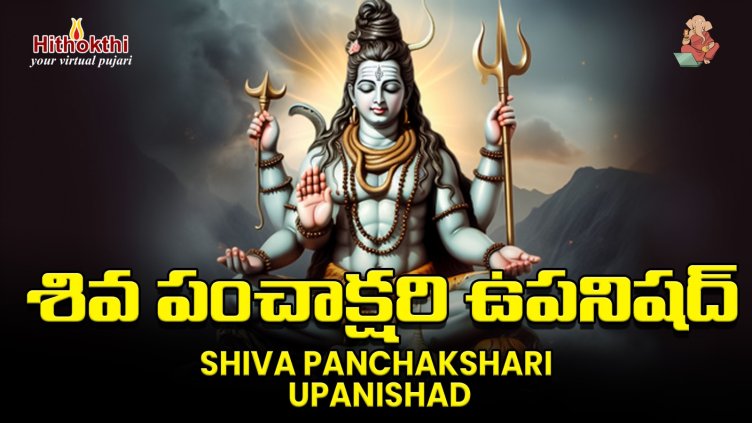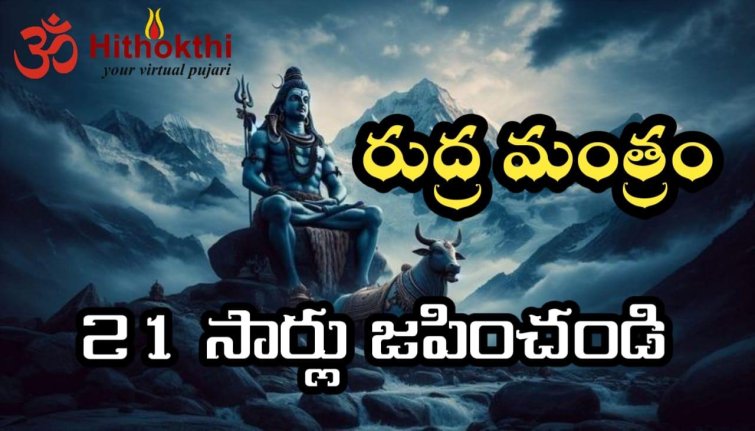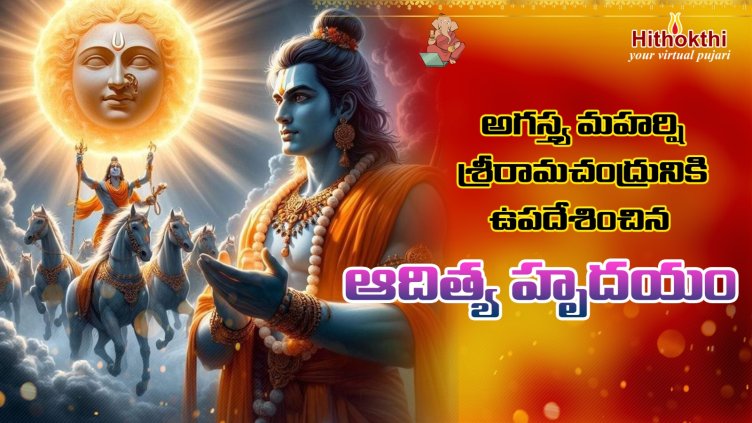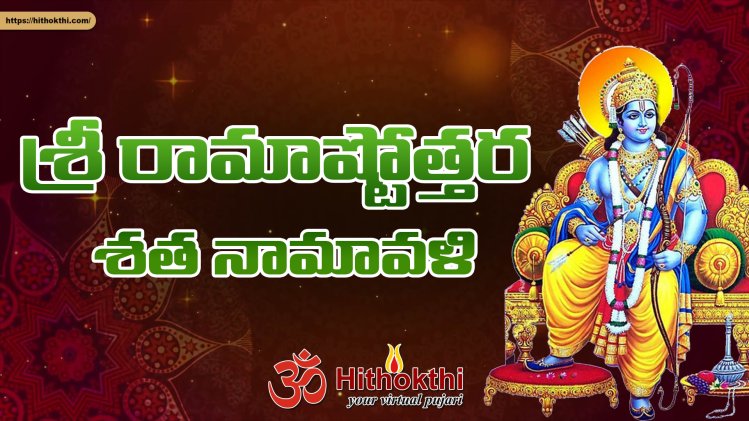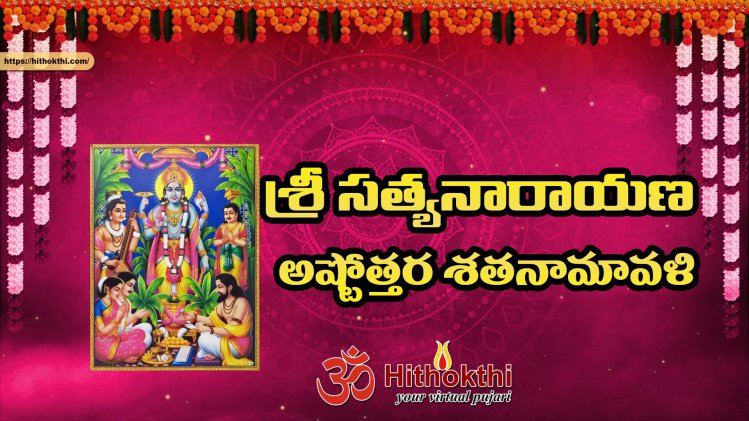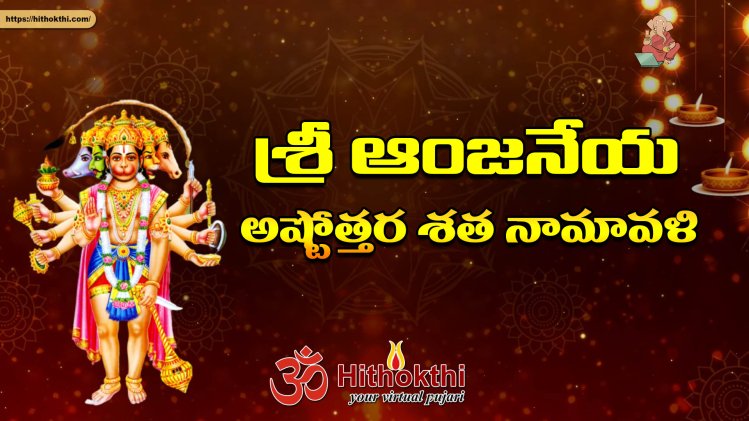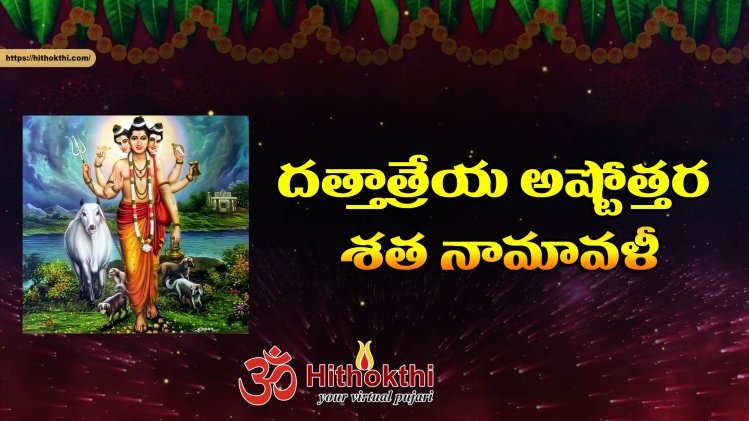Celebrating Diwali at Ohio by Indian students
Indian students at Ohio State University are gearing up to set off firecrackers and light the sky with lamps this weekend to celebrate Diwali, the Hindu Festival of Lights.
Most Hindus celebrate with family, but the Indian Students Association at the university knows that many students can’t head overseas at this time of year. So, for the second year in a row, they’re planning their own gathering.
“In India, this is when all 1.3 billion of us get together, and we just light up the sky throughout the country, no matter where you are,” said association President Rishab Bhardwaj, a New Delhi native. “It’s the biggest festival that our country celebrates. Why not bring it here?”
In India, families illuminate their homes and light the sky with firecrackers for health, knowledge, peace and prosperity, said Nihar Vakil, who heads event planning for the association. Here, where most fireworks are illegal for private use, students plan to begin celebrations on Sunday evening with candles, clay lamps called diyas, firecrackers and Chinese sky lanterns — a small hot-air balloon usually made of paper with a burning candle providing the heat.
“Sky lanterns are a nice, peaceful way of doing it, and everyone enjoys it,” said Vakil, 21, whose family is in Mumbai.
The five-day festival is celebrated in countries such as Nepal, Sri Lanka, Myanmar, Malaysia and Singapore, as well as in the Caribbean. It coincides with the New Year in some areas.
Some Hindus might commemorate the marriage of Lakshmi, goddess of wealth and beauty, to Vishnu, a main god and preserver of the universe. Others celebrate the return from exile of Rama, an incarnation of Vishnu, with wife Sita, an incarnation of Lakshmi, after the slaying of demon king Ravana. Some celebrate the elephant-headed god Ganesha, symbolizing the removal of obstacles.
Along with Hindus, many Sikhs and Jains also observe Diwali.
Sikhs commemorate the release from captivity of Guru Hargobind with other political prisoners in the 1600s.
Jains celebrate the anniversary of the attainment of eternal nirvana by Mahavira, a main figure in the faith’s history, on the day before New Year. Jains fast for three days; light lamps to represent knowledge; chant hymns and mantras; and gather to pray, recite Mahavira’s teachings and meditate.
Various groups and temples in the Columbus area also hold events. Among them are the Gujarati Mandal of Central Ohio, the Bharatiya Hindu Temple in Powell, the Yogi Divine Society-Hindu Swaminarayan Temple in Delaware and the Jain Temple of Central Ohio in Lewis Center.
While different traditions hold different commemorations, “What remains true and constant is that it is a celebration of life and goodness,” Vakil said.
Bhardwaj, 21, said the association reaches out to the 2,000-some Indian students at Ohio State and holds events throughout the year. He said the fellowship that has developed is comparable to what students have with families back home.
Some students do go to India for Diwali, but the association is there for those who stay in Columbus, Vakil said. About 200 to 250 people attended last year’s event.
“We can give them a sense of belonging,” he said. “The ISA family is as important as our real family, and we cannot distinguish between them.”
For more information, go to www.isaosu.com.
Source: The Columbus dispatch

